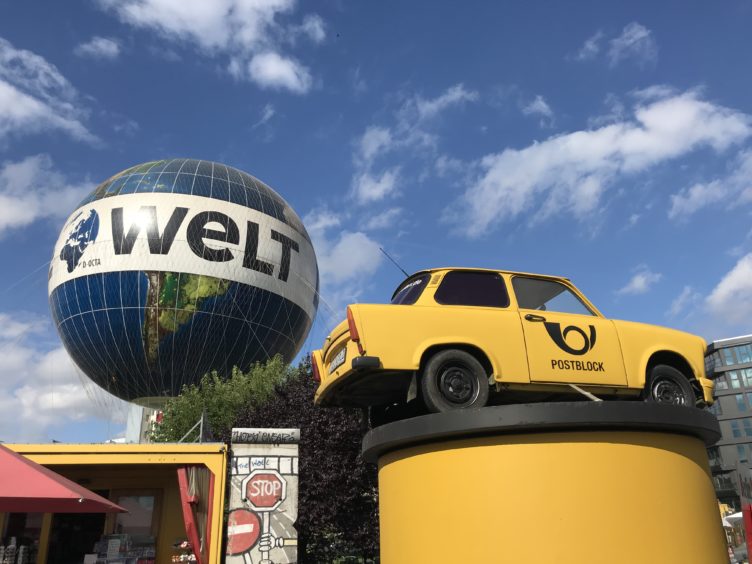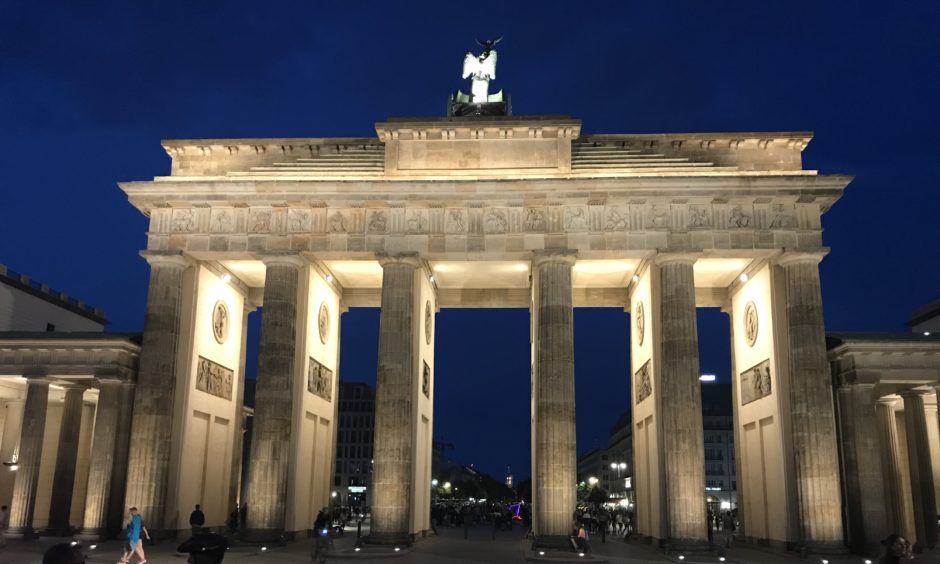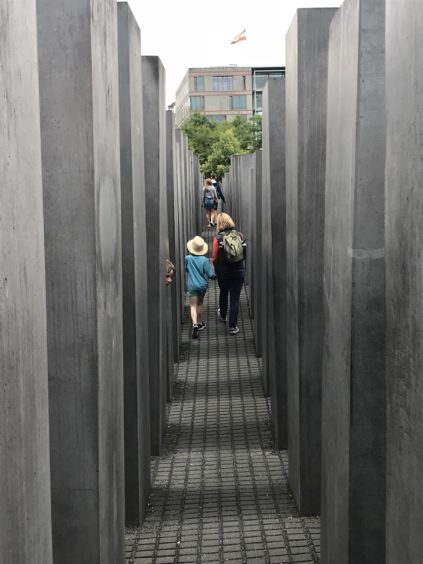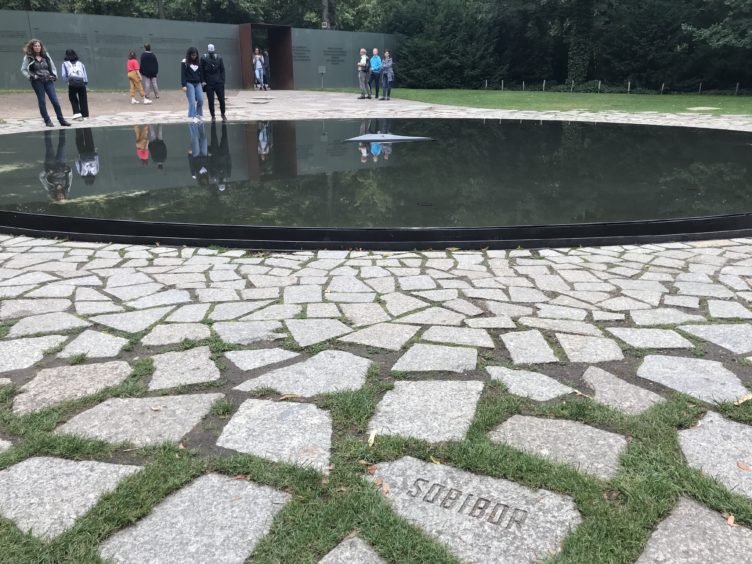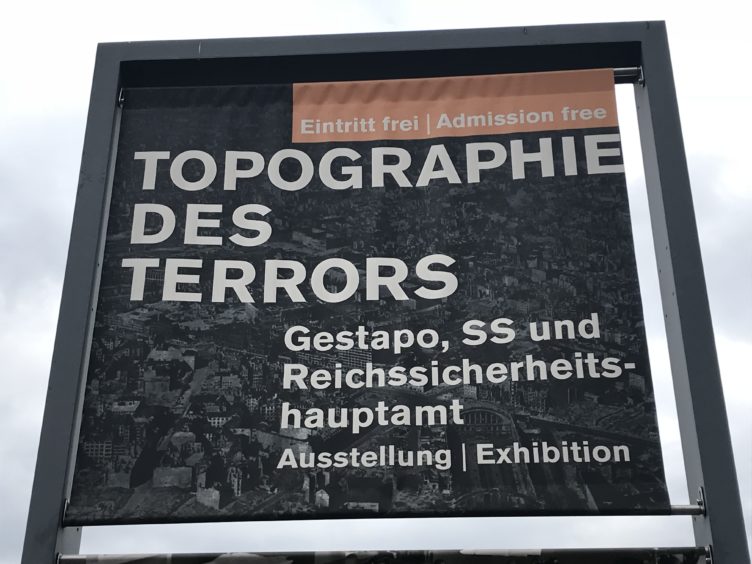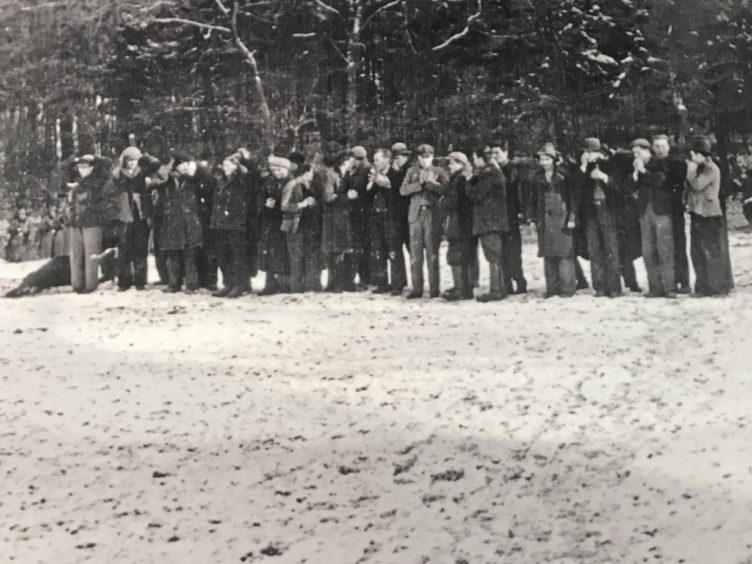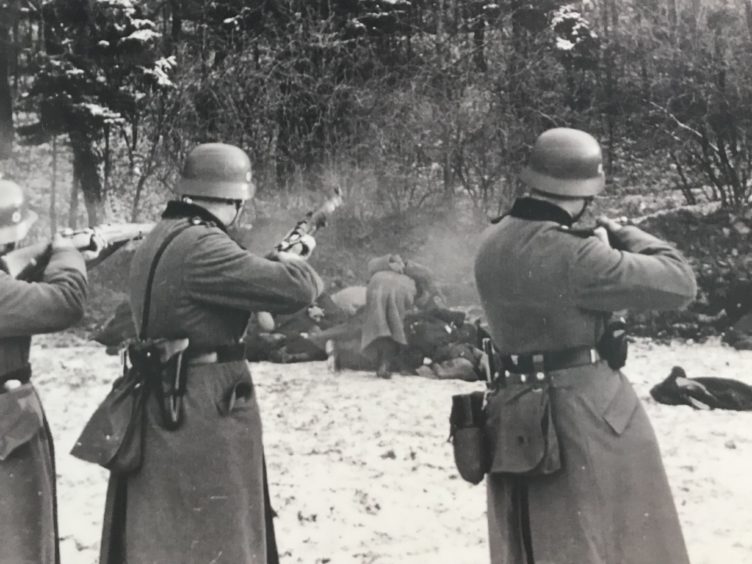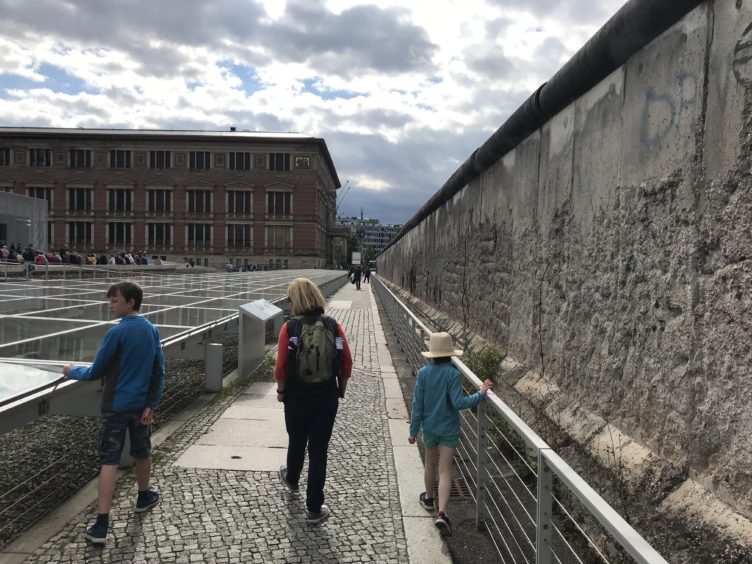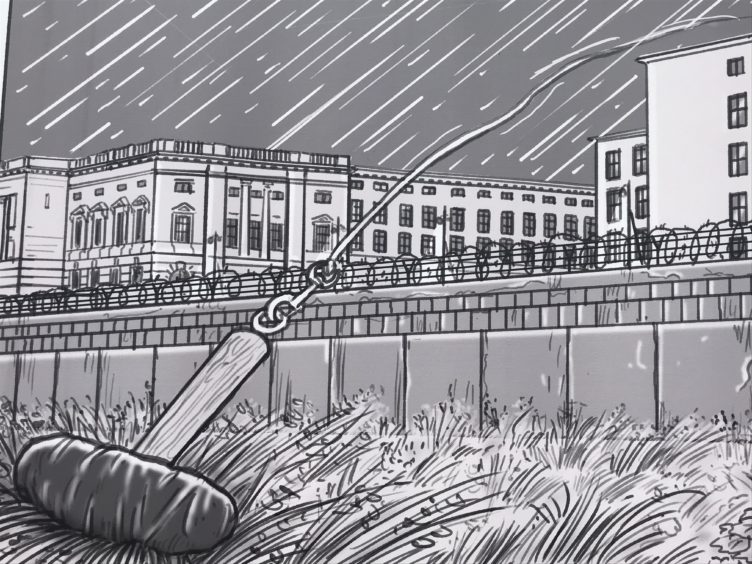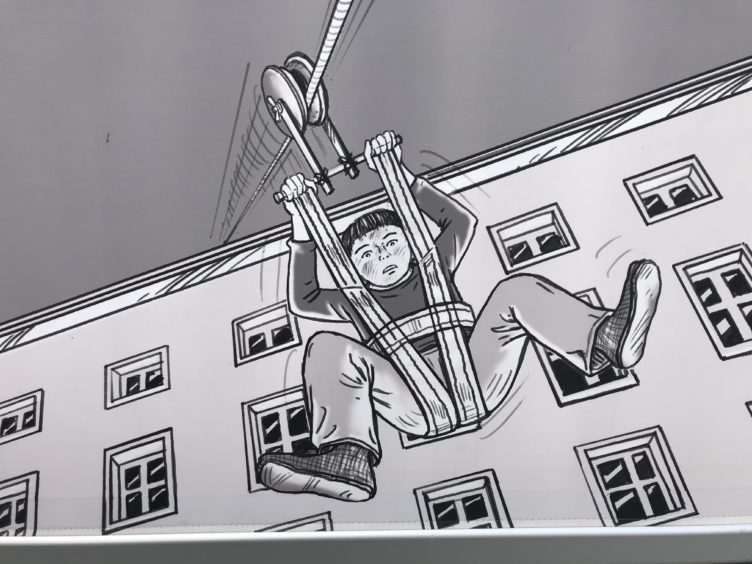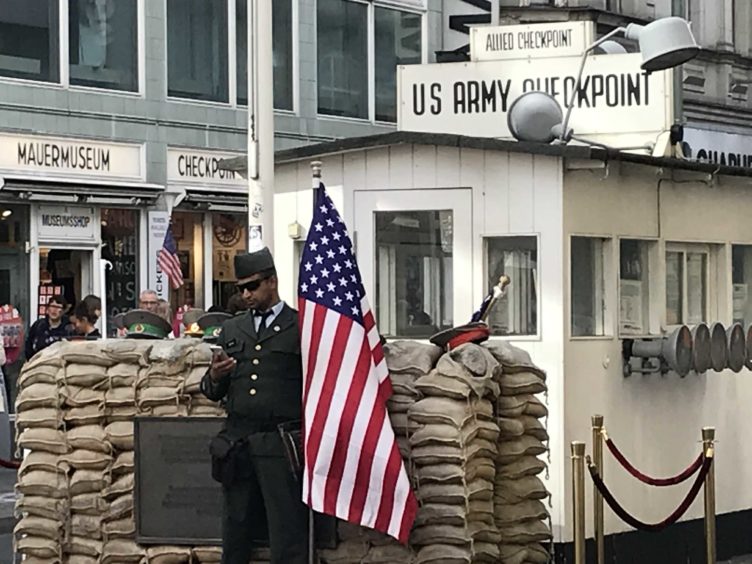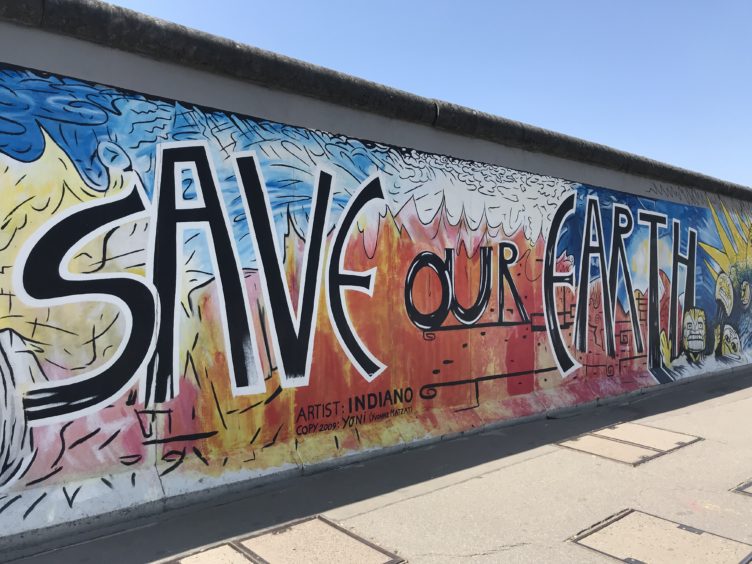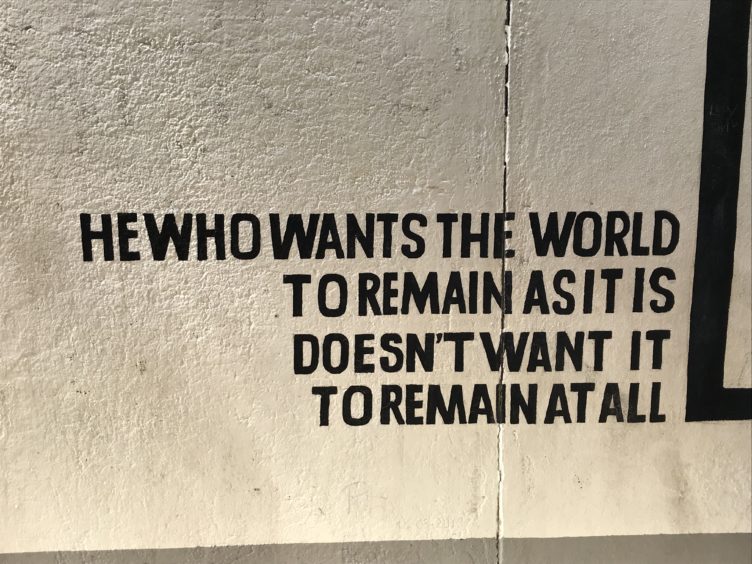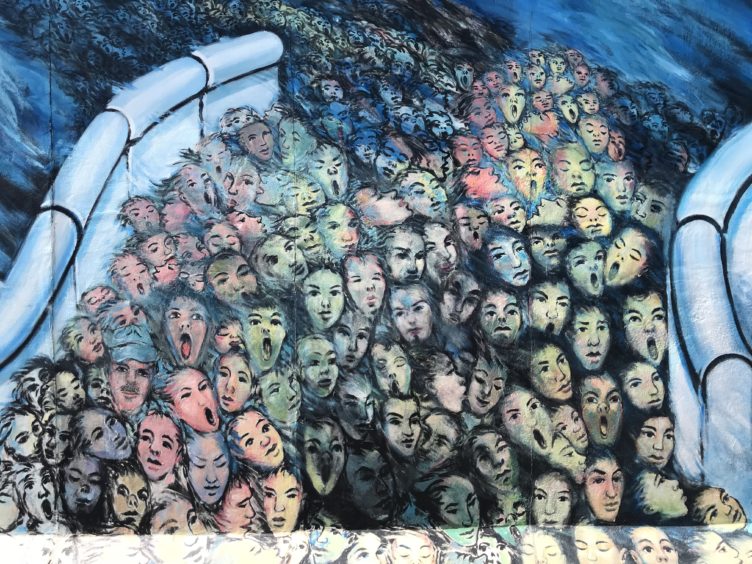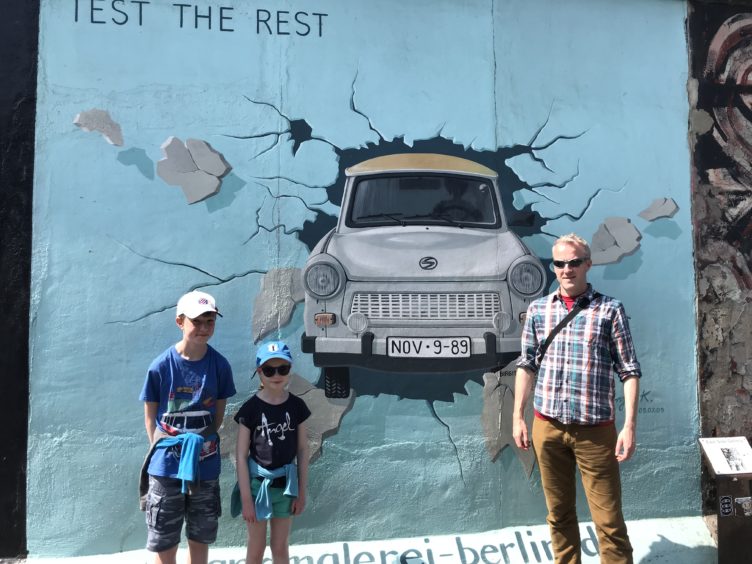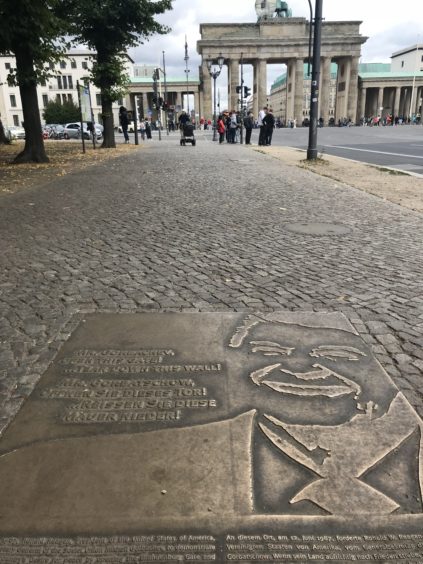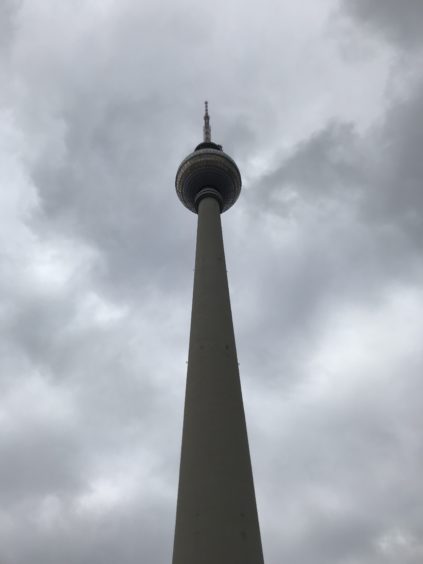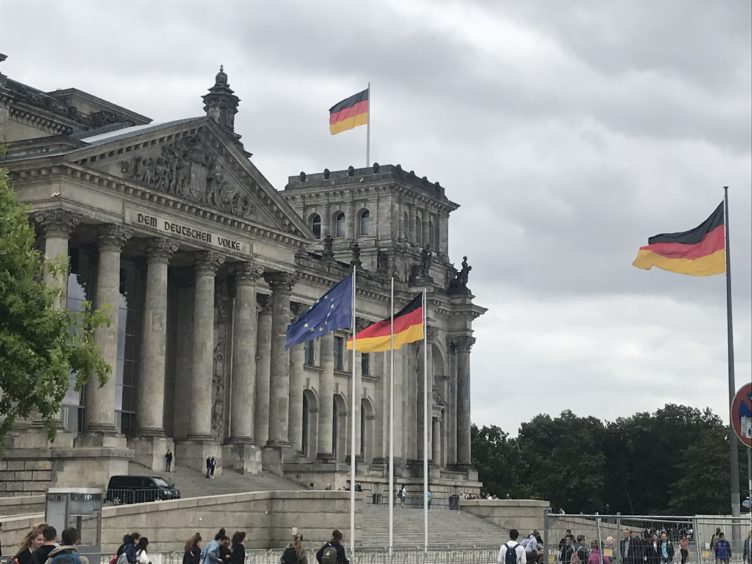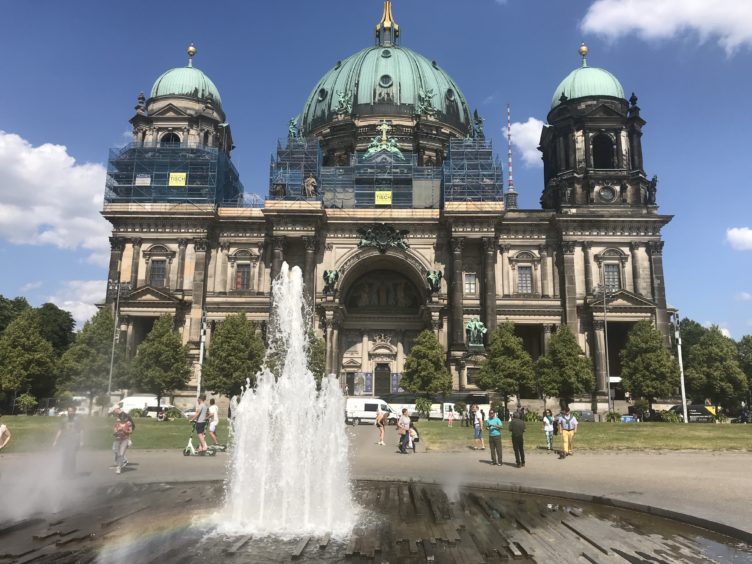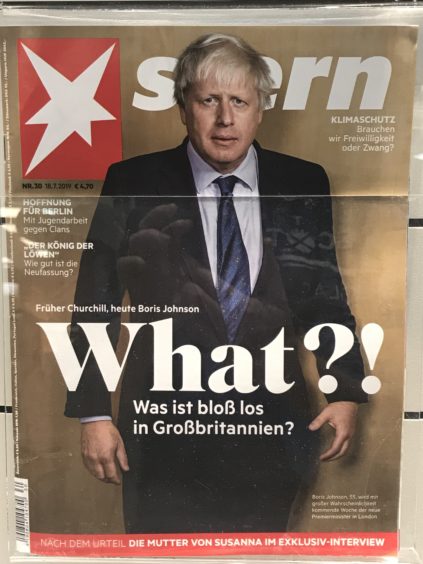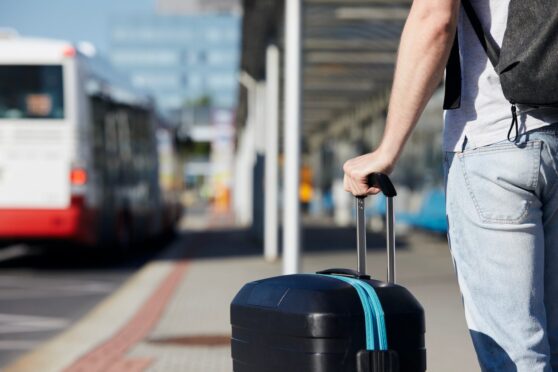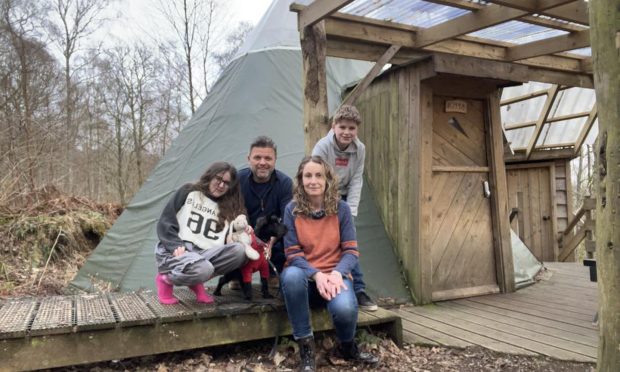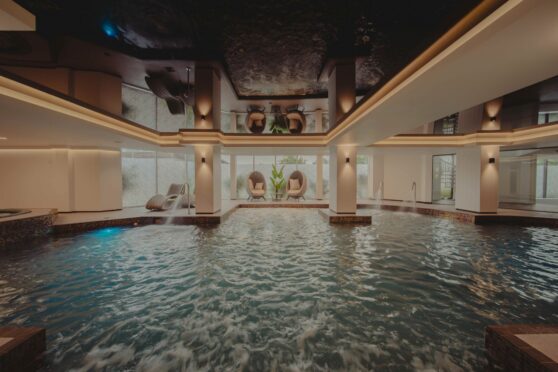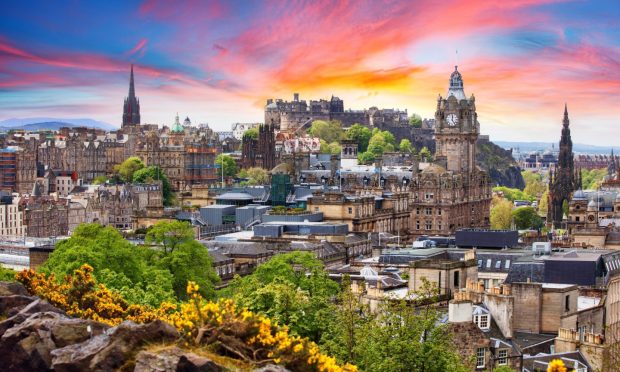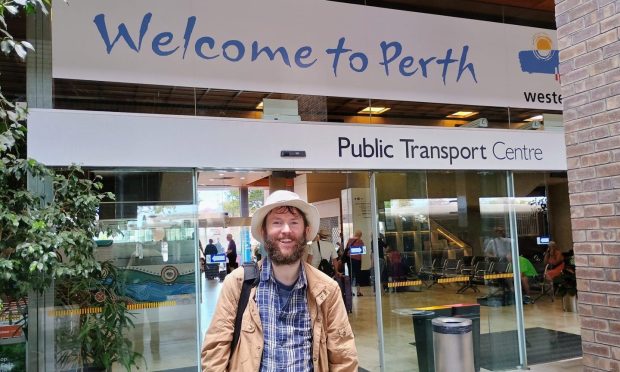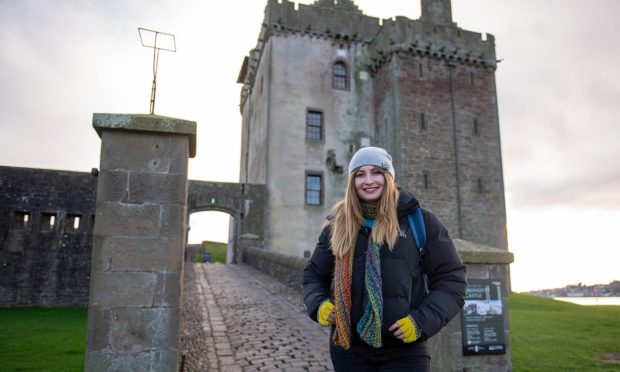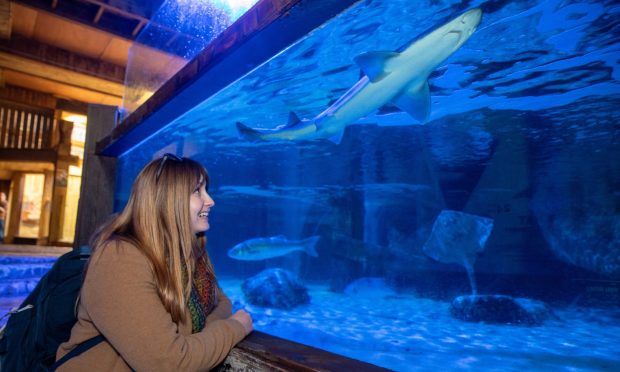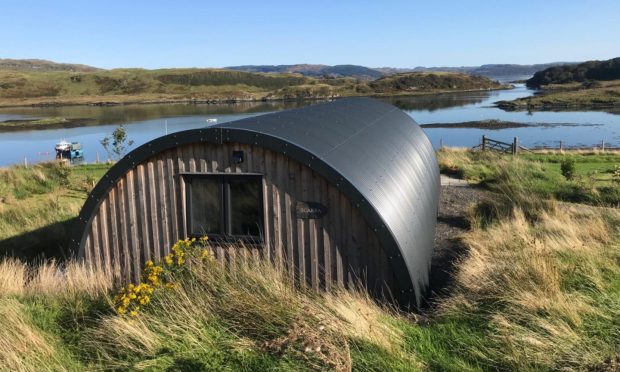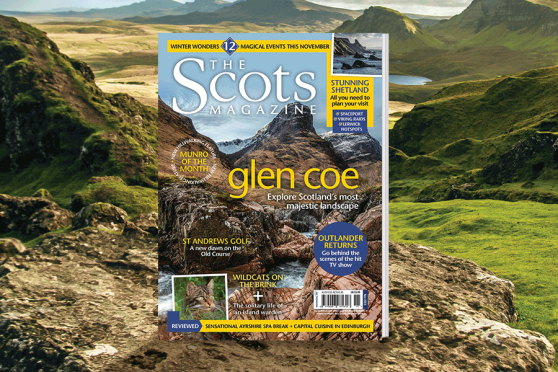Michael Alexander and his family reflect on the 80th anniversary of the Second World War during a city break to Berlin.
There are no shortages of memorials in Berlin to the horrors of the Second World War.
From the memorial to the six million murdered Jews of Europe that symbolically allows visitors to lose themselves amid canyons of concrete, to the Soviet Memorial at Tiergarten where 2000 of the estimated 80,000 Soviet troops who lost their lives fighting to take Berlin in 1945 are buried.
From the hauntingly reflective memorial pool for the 500,000 Sinti and Roma eradicated by genocide, to the stark cuboid memorial a short distance away that honours thousands of murdered homosexuals, it’s as if the collective memory and guilt of the city has been laid bare to commemorate the estimated 85 million people who perished as a consequence of the unbridled Nazism that was infamously head-quartered in the city.
One of the most-visited places of remembrance in Berlin where terror is tangible is the Topography of Terror documentation centre on Niederkirchnerstresse, formerly Wilhelm und Prinz-Albrecht-Strasse.
It’s located on the site where, between 1933 and 1945, the principal instruments of Nazi persecution and terror were located: the headquarters of the Gestapo, the high command and security service of the SS, and from 1939, the Reich Security Main Office.
The warts and all exhibition, which may surprise some visitors about its honesty, uses photographs and documents to illustrate the institutions, crimes and history from the time the Nazis took power until the end of the war.
With this being the 80th anniversary of the outbreak of the Second World War, it’s particularly thought-provoking that it was from the site of this very complex that some of the most horrific acts in the history of humankind were managed with chilling efficiency.
I became particularly engrossed reading about how Hitler’s attempt to destroy Poland was but a first step in his ruthless policy of geographical expansion to gain “living space in the East”. To be clear, I had personal reasons for this interest.
Gazing at a chilling picture of Polish civilians being lined up before a firing squad in a village near Krakow in December 1939, memories came flooding back of my late Polish grandfather telling me about the day when, as a 17-year-old, he hid in the woods when the Nazis stormed his village, also near Krakow.
He only re-emerged when the storm troopers threatened to execute his mother.
He and his sisters were put to work as part of the German wartime economy.
He eventually escaped captivity to run with the Polish resistance movement, the Polish Home Army.
He never saw his family again – ending up in a German displaced persons camp after the war and eventually settling in Scotland.
However, you only need to wander a few metres from the Topography of Terror museum to be reminded that amid the incredible complexities of 20th century European history, the impact of ‘war’ can blight whole cities – whole continents – for generations.
Surviving along the street in front of the museum is a sizeable section of the Berlin Wall that divided the Soviet and Western Allied zones of the city between 1961 and 1989.
A story board tells how in July 1965, it was here that the Holzapfel family made a daring escape from east to west using a homemade zip wire attached to a hammer.
A few blocks away at the Checkpoint Charlie Museum, we later spent hours learning about some of the many other successful – and unsuccessful – attempts by East Berliners to escape to the west during the Cold War, and how people power eventually led to the fall of the wall in November 1989.
Today, the best preserved section is the East Side Gallery where a one kilometre stretch of heritage-protected wall emblazoned with political and humanitarian murals stands as an inspiring monument to peace, hope, and freedom.
Elsewhere plaques and kerbstones mark the former route of the wall where it’s largely been demolished to make way for modern developments in what was once watch-tower policed no-man’s land.
Visiting the famous dome of the German Parliament, the Reichstag, or standing before the iconic tourist trap that is the Brandenburg Gate, the multi-layered history of Berlin is impossible to ignore.
Our visit coincided with an impressive audio-visual geopolitical history lesson beamed on to the riverside buildings behind the Reichstag each night, with former US president Ronald Reagan’s famous ‘Mr Gorbachev, tear down this wall’ speech from 1987 again ringing out across the water where so many lost their lives.
Taking the lift to the top of the iconic Soviet-built TV tower in the Marien quarter near Alexanderplatz also gave an eye-in-the-sky panorama across what was until fairly recently a city defined by geopolitical ideology.
Yet while the openness of a united Berlin facing up to its history is refreshingly evident, there is so much more to this modern, internationalist city at the heart of Europe, which is trying its best to learn lessons from the past.
Having booked an Easyjet city break from Edinburgh, our choice of bed and breakfast at the Novotel at Tiergarten was an ideal base to explore the city – made all the more easy by a very, perhaps stereotypically efficient, public transport system.
Purchasing a reasonably priced Oyster-style ‘Berlin Welcome Card’ on arrival at the airport, the overground S-Bahn station outside our hotel made getting to the centre incredibly easy, and of course, we ended up exploring for miles on foot.
As the only non-vegetarian in my household, finding suitable places for everyone to eat could be a challenge.
It was a lonely experience snacking on the city’s famously delicious currywurst!
But on our first night we found an affordable Italian restaurant near Alexanderplatz and, on the fourth and final night, enjoyed an excellent Indian meal at the Armit near Potsdamer Platz – made all the more enjoyable by the warm temperatures allowing us to eat outside.
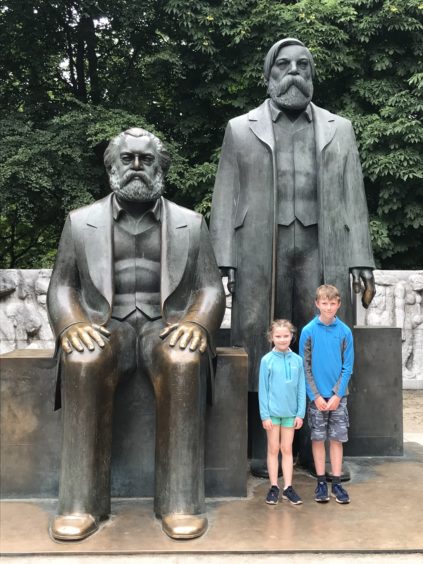
Like all international cities, Berlin was a cosmopolitan place. There was evidence of the estimated 600,000 Syrian refugees controversially taken in a few years ago, and it has its fair share of beggars on the streets.
Shop and restaurant workers would automatically speak to us in German.
Yet without exception all of the younger folk spoke excellent English, putting our pigeon-German language efforts to shame!
Other places worth visiting included the Sony Center – a Sony-sponsored building complex located at the Potsdamer Platz – where we bought some delicious ice cream and gave me an opportunity to try out my faltering German language skills.
Like all such trips, however, often the most satisfying aspect was simply soaking up the atmosphere on an aimless wander then sitting with a cold drink to watch the word go by.
*Michael Alexander and his family paid for their own trip to Berlin.
Return flights from Edinburgh to Berlin with Easyjet are available from £150.
Rooms at the Novotel Hotel Berlin Am Tiergarten are available from £86 per night.
For more information about the Berlin Welcome Card go to www.berlin-welcomecard.de or go to www.visitberlin.de
